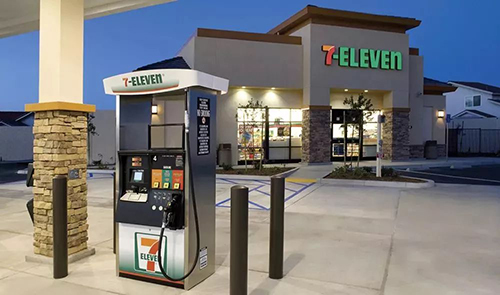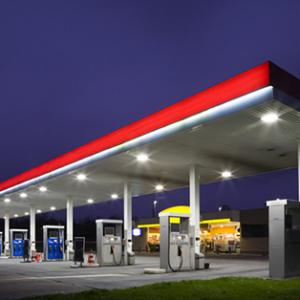How to improve the accuracy of fuel dispensers
Improving the accuracy of fuel dispensers is a comprehensive process that involves multiple factors. Here are some main methods and strategies:

Firstly, equipment maintenance and upkeep
Regular inspection and calibration:
Regularly calibrate the fuel dispenser to ensure that its measurement results match the standard values. The calibration process should include comparing the actual filling amount of the fuel dispenser with the measurement results of the standard measuring tool, and making necessary adjustments.
Check whether the various components of the fuel dispenser are severely worn, especially key components such as Flow meters and metering pumps, and replace damaged or expired equipment in a timely manner.
Maintenance and upkeep:
Regularly clean, lubricate, and tighten the fuel dispenser to prevent measurement errors caused by impurities clogging or loose components.
Check the sealing of the fuel dispenser to ensure there are no leaks, as leaks can directly affect the accuracy of the fuel volume.
Secondly, environmental control
Temperature control:
The volume of fuel changes with temperature, therefore, maintaining a stable temperature around the fuel dispenser is crucial for improving accuracy. Air conditioning can be installed indoors or other temperature control devices can be used to control the ambient temperature.
Fuel dispensers are typically equipped with temperature and pressure sensors to correct measurement errors caused by temperature changes. Ensure that these sensors are functioning properly and adjust the calibration parameters according to the actual situation.
Humidity and air pressure:
Pay attention to controlling the humidity and air pressure in the working environment of the fuel dispenser, as these factors may also affect the density and volume of the fuel.
Thirdly, operational standards and training
Strictly follow the operating procedures:
Gas station operators should strictly follow the operating procedures for refueling operations to avoid measurement errors caused by improper operation.
Regularly train operators to improve their professional quality and operational skills.
Strengthen sense of responsibility:
Enhance the sense of responsibility of operators, enabling them to take every refueling operation seriously and ensure the accuracy of measurements.
Fourth, technological innovation and upgrading
Adopting modern technology:
Introduce digital control systems and remote monitoring technology to monitor and adjust the operating status and measurement accuracy of fuel dispensers in real time.
Use high-precision flow measurement devices and sensors to improve the measurement accuracy of fuel dispensers.
Intelligent transformation:
Intelligent transformation of fuel dispensers, such as establishing fault diagnosis neural networks and dynamic prediction models, to timely detect and solve potential fault problems.
Realize fully intelligent control of fuel dispensers to reduce the impact of human intervention on measurement accuracy.
Fifth, Regulations and Supervision
Compliance with regulatory standards:
Gas stations should strictly comply with national and local regulations and standards on measuring and verifying fuel dispensers, ensuring that the accuracy of fuel dispensers meets the prescribed requirements.
Accept regulatory inspections:
Actively cooperate with government agencies and regulatory departments to inspect and supervise, and promptly rectify existing problems and hidden dangers.
In summary, improving the accuracy of fuel dispensers requires equipment maintenance and upkeep, as well as environmental control
Wenzhou Jiahao Petroleum Machinery Co, Ltd is a professional manufacturer of petroleum machinery products since 2010. The main products are Fuel dispenser components including Automatic Fuel nozzle, Adblue DEF Nozzle, Vapor Recovery Nozzle, Flowmeter and Fuel pumps.





